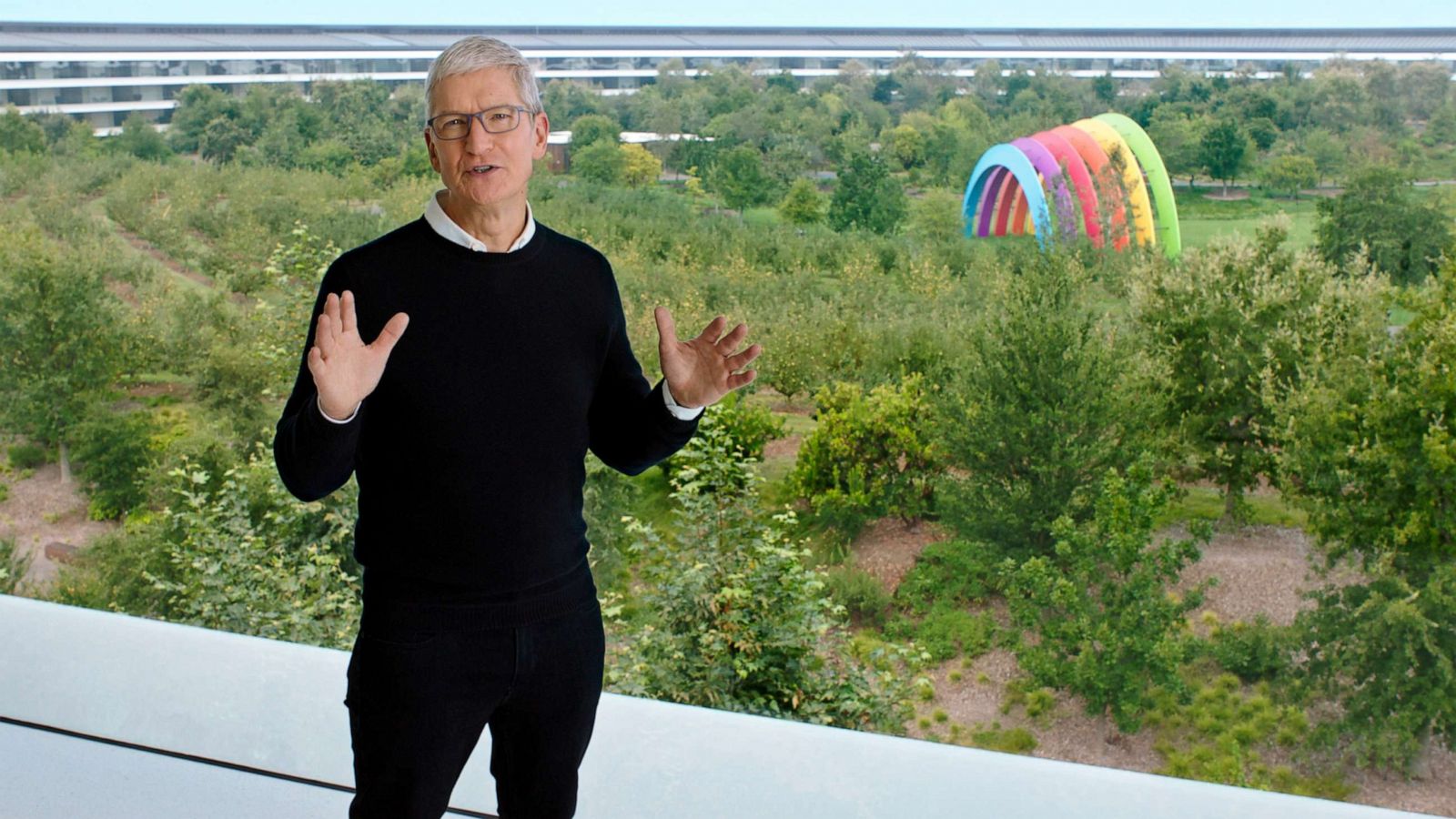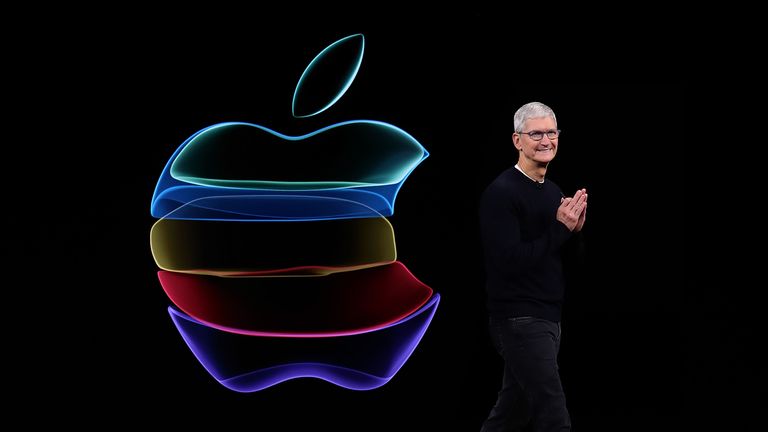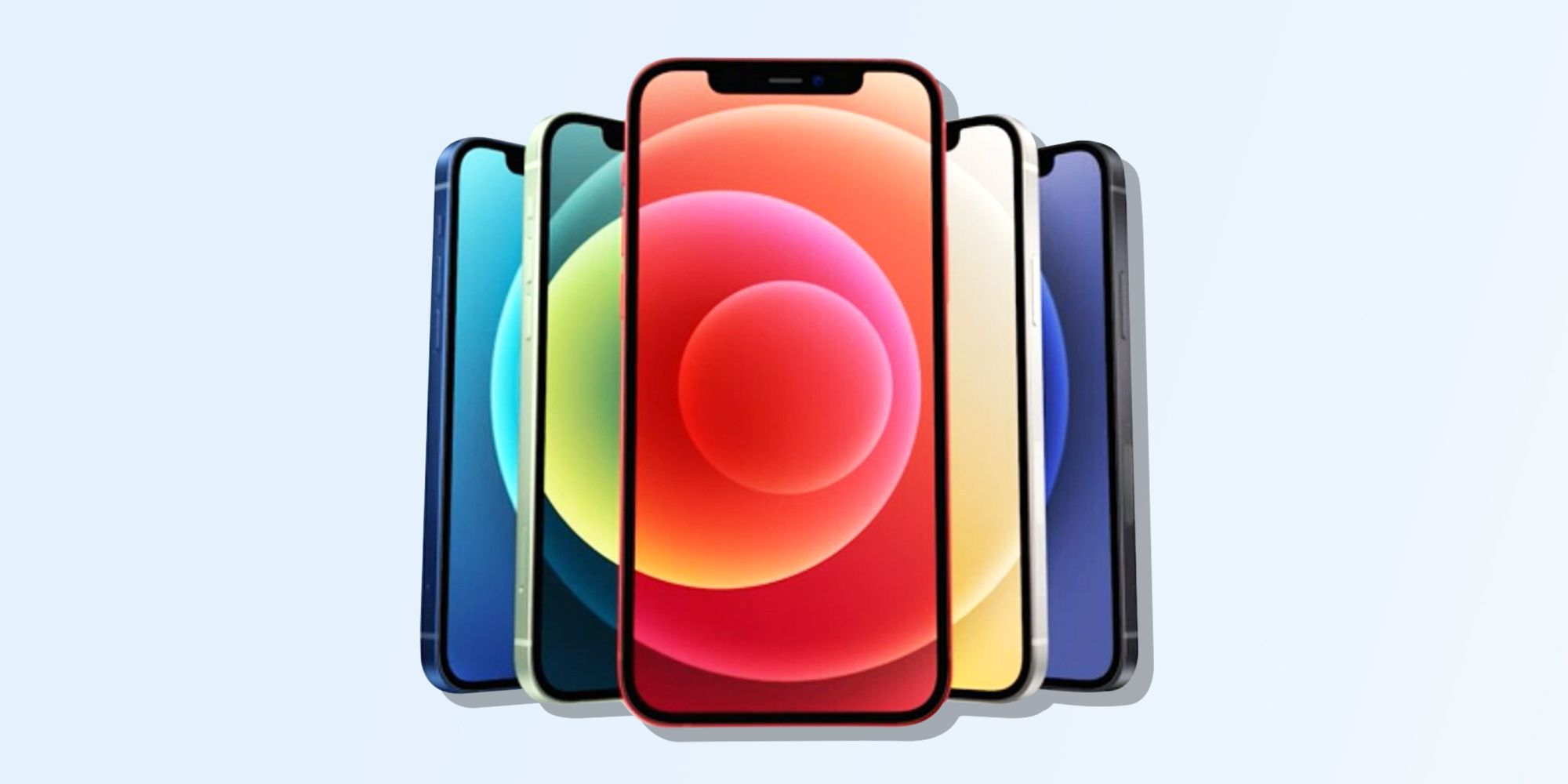

The success of the iPhone, however, helped catapult Jobs’ legacy to the realm of legend, making him an icon that countless Silicon Valley entrepreneurs aspire to. That company would go on to produce some of the most successful animated films in history.įounding Apple, buying Pixar, and then turning Apple around and helping save it from bankruptcy and oblivion would have been accomplishment enough to cement Jobs as one of the 20th century’s most successful entrepreneurs and CEOs. In the midst of his exile from Apple, Jobs also purchased Pixar. Ultimately, NeXT failed as a company, but it helped create an OS that would eventually serve as the foundation of the current macOS, after Apple purchased NeXT to bring Jobs back into the fold, as told by Business Insider. in an effort to duplicate his initial success with Apple.


Jobs had a conflicted history at Apple, co-founding the company with Steve Wozniak before eventually being ousted for his mercurial nature. Jobs died four years after he introduced the iPhone at MacWorld, leaving behind a far greater legacy as a result of it. But if you actually take a look at the 1.3 billion phones that get sold, I’d prefer to have our software in 60% or 70% or 80% of them, than I would to have 2% or 3%, which is what Apple might get.”Īnother major impact the iPhone had was on Steve Jobs himself, and the legacy he left behind. In an interview with USA Today, Microsoft CEO Steve Ballmer said the following: “There’s no chance that the iPhone is going to get any significant market share. Despite its revolutionary features, many were not convinced the iPhone would gain traction. Instead, the interface adjusted to the user, hiding or displaying the keyboard as needed. The entire front of the iPhone was one large screen, completely devoid of a physical keyboard. What immediately caught most people’s attention was the touch screen interface (via History). In that market, Jobs and Apple saw an opportunity for revolutionary change. One thing that defined all of the major companies were phone designs that incorporated physical keyboards. In those early days of the smartphone market, Nokia was the company to beat, with BlackBerry, Motorola, Palm, and Sony Ericsson rounding out the top five ( via AppleInsider). Even more telling, Canalys noted that this seemingly small number represented a 30% increase year-over-year. That means a total of only 22 million smart mobile devices were shipped in Q4. For comparison, more than 300 million smartphones were shipped in Q3 of 2021, alone.

In Q4 2006, only 18 million smartphones were shipped, with an additional 2.5 million wireless handhelds and 1.5 million traditional handheld devices ( via Canalys).


 0 kommentar(er)
0 kommentar(er)
